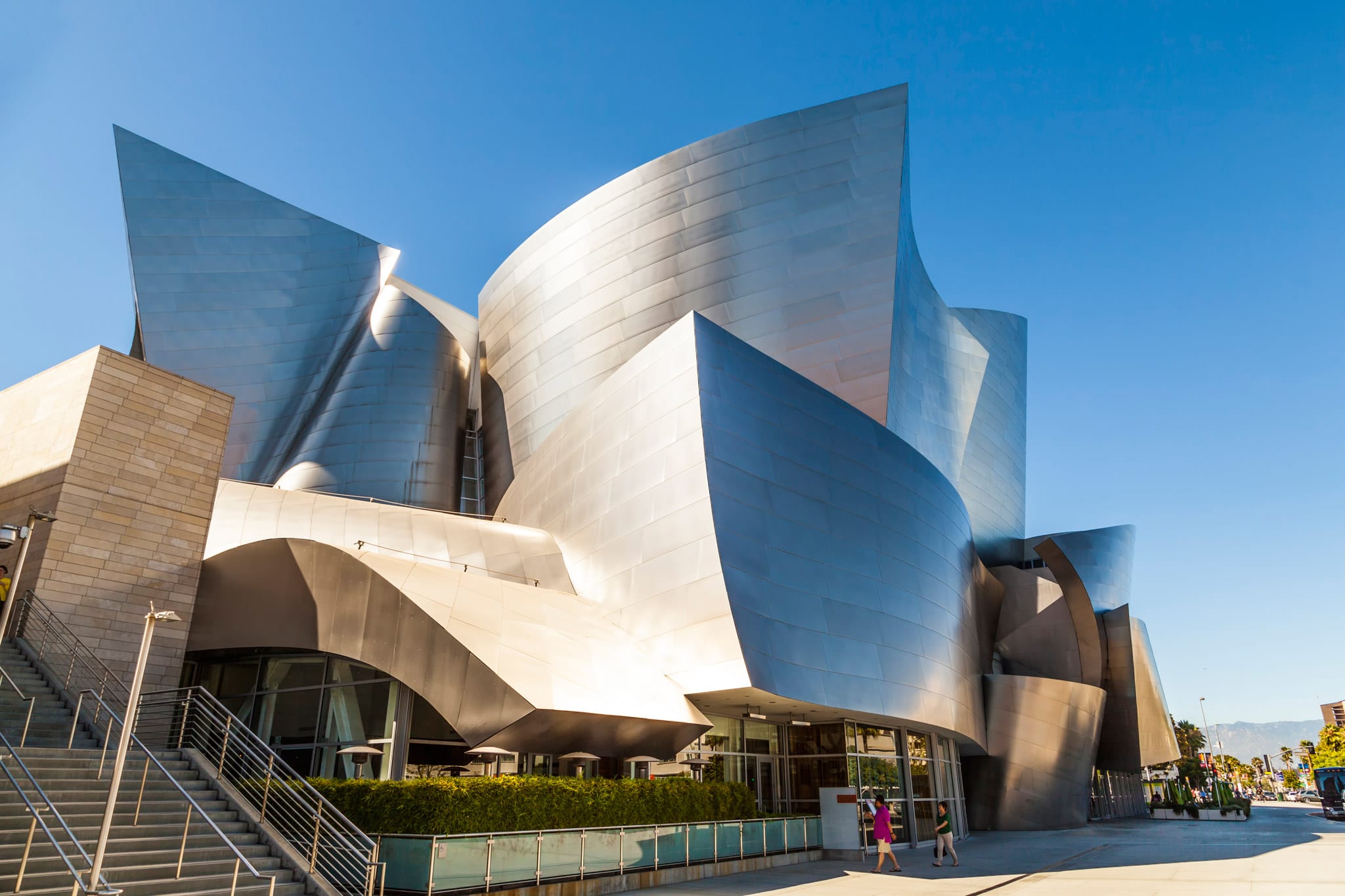Explore Award-Winning Projects by Popular CDA Architects
Explore Award-Winning Projects by Popular CDA Architects
Blog Article
A Detailed Review of Architectural Styles and Their Influence on Modern City Planning and Advancement
Building designs have actually long offered as a mirror to the social worths and technical developments of their time, playing an important duty in forming contemporary city planning and advancement. From the majesty of Neoclassicism to the utilitarian approach of Brutalism, each design has actually presented special ideas that influence urban aesthetic appeals and functionality.
Historic Introduction of Architectural Designs
Throughout history, building styles have actually developed in response to cultural, technical, and environmental aspects. Each duration shows the dominating values, beliefs, and innovations of its time, resulting in an abundant tapestry of design that symbolizes human creative thinking and adaptation. The old civilizations, such as the Egyptians and Greeks, established fundamental designs that emphasized balance and percentage, serving both practical and visual objectives.
As societies transitioned with the Center Ages, Gothic style emerged, characterized by its verticality and complex describing, mirroring the spiritual goals of the age. The Renaissance noted a rebirth of classical suitables, combining art and style in innovative methods that affected succeeding designs across Europe.
The Industrial Revolution introduced new products and building and construction techniques, prompting motions like Modernism, which tested traditional forms and embraced simplicity and performance. The 20th century saw a diversity of designs, with Postmodernism responding versus the stark minimalism of its predecessor, integrating historic referrals and diverse components.
Today, building designs remain to evolve, driven by globalization and sustainability worries, mirroring a vibrant interaction between heritage and advancement. This historic introduction highlights the relevance of design as a mirror of social development and as a driver for metropolitan advancement.
Secret Architectural Styles Explained
The variety of building styles shows the myriad influences that shape our constructed atmosphere, each symbolizing distinct characteristics and cultural values. Trick building designs include Classical, Gothic, Baroque, Innovation, and Postmodernism, each standing for unique historic contexts and visual ideologies.
Classical style, rooted in old Greece and Rome, highlights proportion, percentage, and the use of columns. On the other hand, Gothic style, prospering between Ages, is identified by sharp arches, ribbed safes, and flying buttresses, producing an angelic quality in cathedrals. Baroque style, emerging in the 17th century, is noted by grandeur, sophisticated ornamentation, and a dynamic interaction of light and shadow.

Comprehending these styles offers insight into the cultural narratives and technological developments of their respective eras, highlighting how architecture offers not simply as a sanctuary, however as a reflection of societal values and aspirations.
Effect On Urban Preparation
In forming the development of cities, building styles considerably affect metropolitan preparation decisions. The selection of architectural design typically determines the appearances, performance, and overall personality of city atmospheres.
In addition, architectural designs can impact zoning laws and land utilize policies. Urban organizers need to consider the prevailing building trends when creating districts, making sure that brand-new developments harmonize with existing structures. This factor to consider fosters natural urban landscapes and improves neighborhood identity.
The application of details building styles can additionally affect socioeconomic factors within a city. Premium modern layouts might bring in wealthy homeowners and businesses, leading to gentrification, while more budget-friendly real estate options could focus on functional and lasting styles to fit diverse populations. Ultimately, the interplay between architectural designs and city preparation develops vibrant cities that mirror both historic context and contemporary needs, shaping the lived experiences of their inhabitants.
Sustainability and Modern Architecture
Architectural styles play a critical role my response in attending to modern obstacles, particularly in the world of sustainability. As city locations broaden and environmental issues heighten, modern-day design progressively embraces lasting style principles that focus on power effectiveness, source preservation, and very little environmental impact.
Contemporary building motions, Visit This Link such as biophilic style and green style, advocate for frameworks that integrate with their surroundings, utilizing all-natural materials and promoting biodiversity - cda architects. These designs frequently include renewable resource sources, such as solar panels and wind generators, to decrease dependence on nonrenewable fuel sources and lower carbon footprints
Moreover, the assimilation of innovative innovations, such as wise building systems, boosts power administration, enhancing source use while guaranteeing occupant convenience. Innovative water management strategies, consisting of rainwater harvesting and greywater recycling, more add to sustainable city atmospheres.
Significantly, sustainability extends beyond ecological concerns; it incorporates social and economic measurements also. By promoting neighborhood well-being and promoting inclusivity, contemporary building styles line up with lasting growth goals. The development of building methods proceeds to form resistant cities that not just fulfill the demands of the present but also safeguard the future for generations to come.
Community Interaction in Style
Neighborhood interaction in style functions as an essential bridge between architects and the populations they serve, ensuring that the built environment reflects the needs and aspirations of its users. This joint procedure welcomes neighborhood members to contribute their insights and choices, cultivating a feeling of possession and obligation toward the spaces they inhabit.
Effective area involvement uses different methods, such as workshops, surveys, and public discussion forums, to collect diverse perspectives (cda architects). These approaches promote a two-way discussion, allowing architects to recognize regional contexts while equipping residents to articulate their worries and desires. This inclusivity not just improves the design top quality however also advertises social equity by dealing with the unique obstacles dealt with by marginalized teams

Verdict
Architectural designs have actually exceptionally influenced modern-day city planning and development, mirroring advancing social and technological contexts. As cities proceed to expand and adapt, the recurring discussion between building heritage and contemporary design concepts will remain important in developing comprehensive, dynamic rooms that improve quality of life and advertise social equity.
Report this page